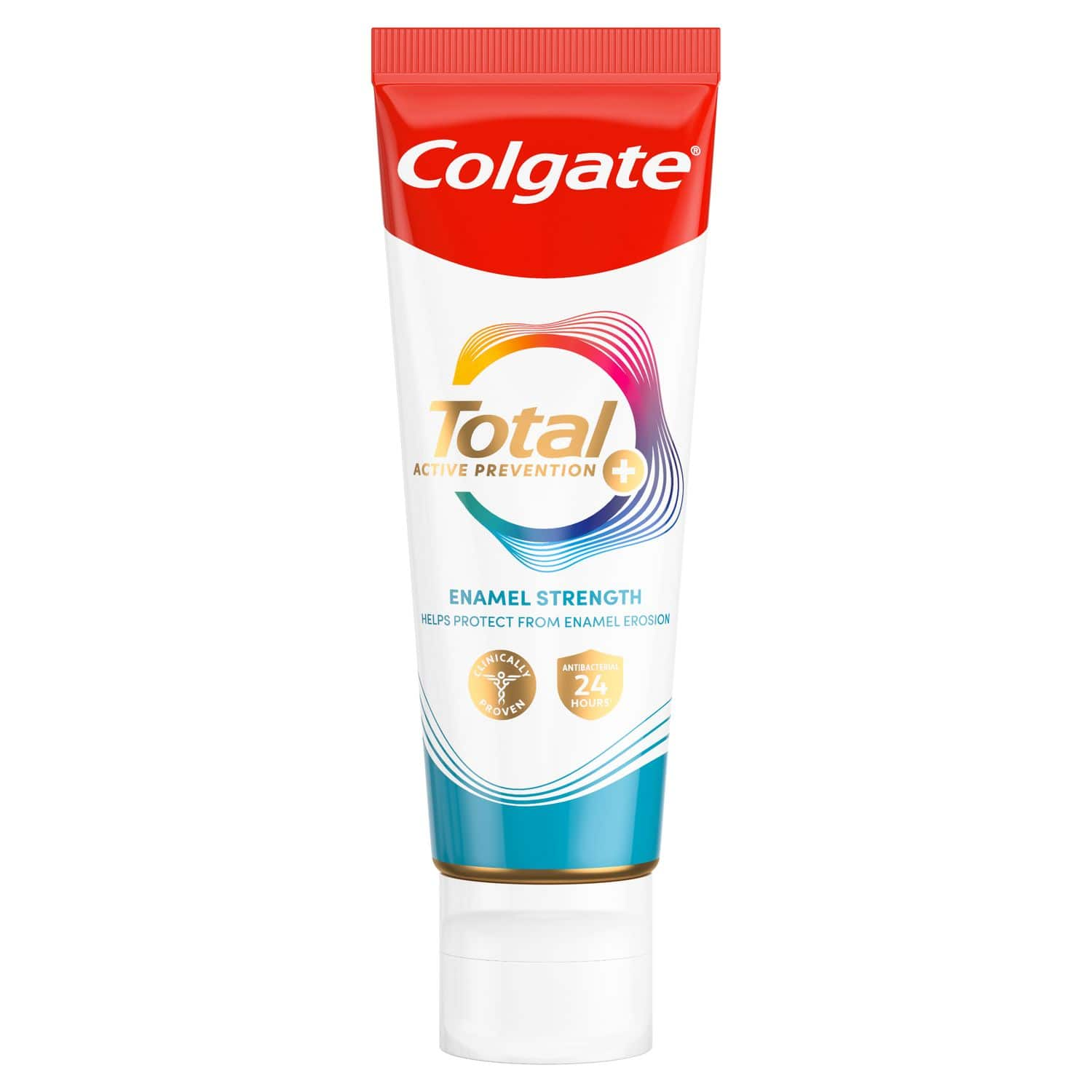-
-

FLUORIDE
What Is Stannous Fluoride Toothpaste?Stannous fluoride toothpaste helps prevent cavities, reduce sensitivity, fight plaque, and support daily gum and enamel health.

TEETH WHITENING
Why Should I Whiten My Teeth?Maybe you've always wanted a beautiful white smile. Or your teeth have yellowed over time...
-
Science & Innovation
- ORAL HEALTH CHECK
- PRODUCT MATCH
- Colgate® | Toothpaste, Toothbrushes & Oral Care Resources
- Oral Health
- Chewing Tips After a Filling


After you get a filling in one or more of your teeth, soreness and tooth sensitivity may persist for hours, or even days, after you leave the dentist's office. This can make eating and drinking an uncomfortable affair.
Luckily, by following some common sense chewing tips and avoiding foods that can cause trouble after fillings, you can considerably reduce discomfort:
- Chew slowly and bite lightly: Biting exerts tremendous pressure on the teeth, and this can make them very sore after you get a filling. When chewing your food, take your time and try not to bite all the way through; this will prevent your teeth from making forceful contact. If possible, chew on the opposite side of the mouth from where your filling is.
- Keep your mouth closed when chewing: For some people, even cold air can trigger pain in sensitive teeth. Consequently, besides being good manners, keeping your mouth closed when chewing will lessen the chance of cold air entering your mouth and causing you pain.
- Skip sticky foods: Some fillings, particularly amalgam ones, take time to set after you leave the dentist's office. Eating sticky or gummy food can, in rare cases, dislodge a new filling, so it's best to avoid them in the short-term.
- Avoid very hot or cold drinks: Moderate temperatures are less likely to trigger pain in sensitive teeth.
- Pass on the sweets: Sugary foods and soft drinks trigger sensitivity in some and may promote bacterial growth around the edges of, a new filling.
- Don't chew nuts, hard candy, or ice: In addition to causing undue pressure on your teeth while they are still recovering, biting hard foods can dislodge a fresh filling that hasn't yet properly set. This is especially important for amalgam fillings, as they take longer to set than composite (tooth-colored) fillings.
Always follow your dentist's recommendations regarding chewing tips, what foods to avoid after your procedure, and how long you should wait to eat solid foods after receiving softer filling materials, such as amalgam.
If your teeth remain sensitive for several weeks after a filling, or if pain increases rather than decreases over time, consult with your dentist to explore the causes and possible solutions. Sometimes a minor and painless adjustment, such as filing down a raised area, is all that is needed to relieve the pain. In other cases, the sensitivity could be a sign of a more serious issue. Learn more about dental fillings in the Colgate Oral Care resources.
This article is intended to promote understanding of and knowledge about general oral health topics. It is not intended to be a substitute for professional advice, diagnosis or treatment. Always seek the advice of your dentist or other qualified healthcare provider with any questions you may have regarding a medical condition or treatment.
Related Articles

Brushing and flossing
Family Guide To Oral HealthFollow our family guide to oral health. Learn about common dental issues and preventive measures for the whole family.

Brushing and flossing
How To Floss
Brushing and flossing
Why is dental flossing good for gums?Daily flossing helps to prevent gingivitis by removing plaque and food debris, keeping your teeth and gums healthy. Learn more.
Related Products

Helping dental professionals
More professionals across the world trust Colgate. Find resources, products, and information to give your patients a healthier future







